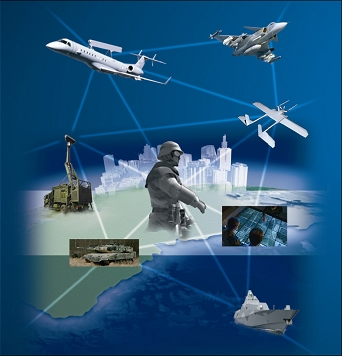Chapter 1. Introduction
1. This document has been developed and agreed (AC/322(SC/1-WG/4)N(2010)0002-AS1, 24 Mar 10) by the NATO Open Systems Working Group (NOSWG) under the authority of the NATO Consultation, Command and Control Board (NC3B). Under AC/322-N(2010)0038-AS1, the NATO Consultation, Command and Control Board noted ADatP-34(D) and approved the standards and profiles in Volume 2 as mandatory for use in NATO common funded systems in accordance with the NATO networked C3 Interoperability Policy.
2. NATO Network-Enabled Capability (NNEC) aims to provide an environment where connected collectors, decision-makers, effectors, and information sources are integrated in a common network of networks and can be provided with, search for, or supply data and information from any location under user-adapted format and within user relevant time constraints. Advantage is taken of the great advances within civilian information and communication technology. Solutions under network-oriented concept are based on:
-
Service-Oriented Architecture (SOA)
-
Federation of systems, including federated networks.
-
Situation adapted combinations of units and systems

Figure 1.1. NNEC Concept
3. Volume 3 of this NISP will continue the evolution from the platform based NCOE to the loosely coupled Network Enabled Capabilities environment where the functionality of the interconnected systems is made generally available as "services on the net". Ultimately the goal is that all systems shall be connected. By means of real time configuration of interacting systems, it is possible to combine the functionality of the most useful systems in each situation.
4. Within this part of the document, the focus is on the mid-term's perspective. The mid-term perspective has a time frame of 2 to 6 years into the future from the publication of this version of the NISP. This is the intermediate step to the realisation of a fully network enabled NATO coalition environment.